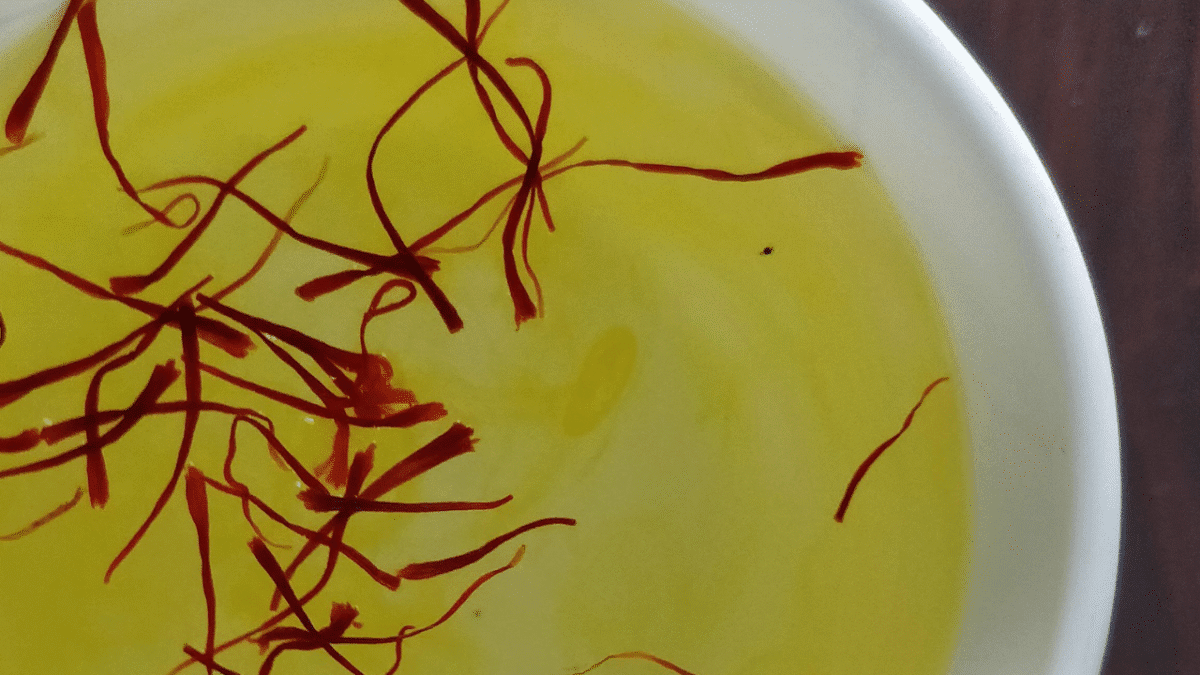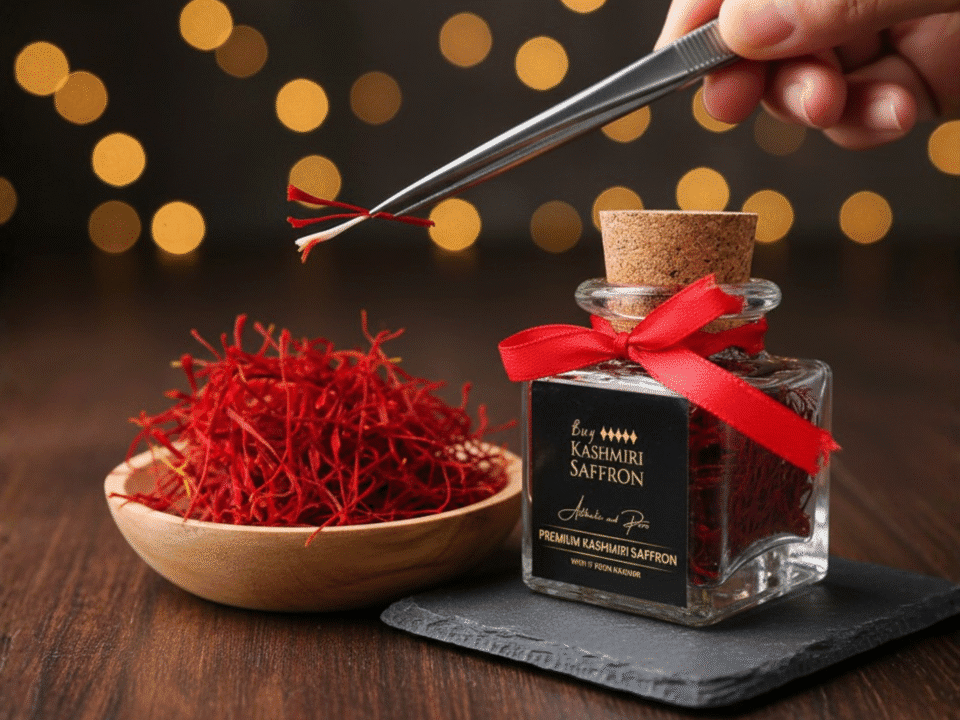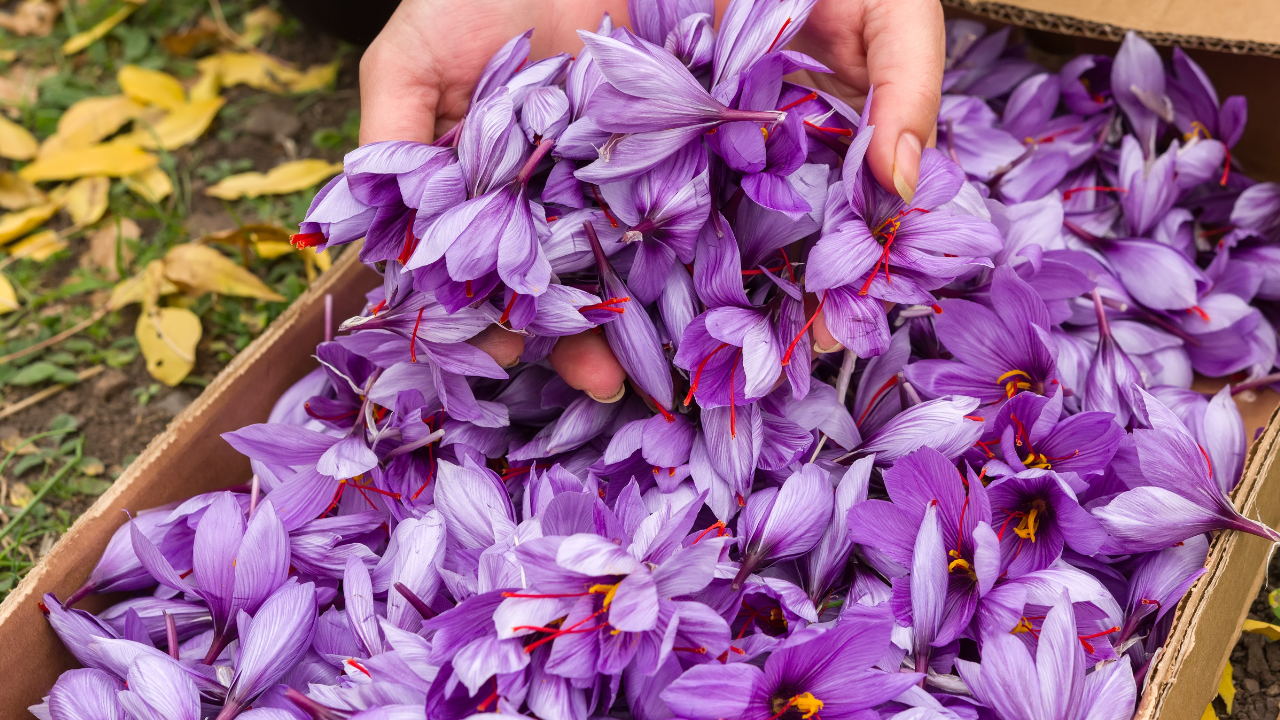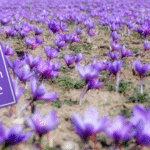
Kashmiri Saffron Price 2025: Ultimate Monthly Guide (1g–100g)
August 14, 2025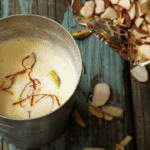
How to Make Saffron Milk at Home: 7 Easy Recipes for Health & Beauty (2025)
August 15, 2025This is your practical, science‑aware answer to How Much Saffron Per Day—with simple thread‑to‑milligram conversions, milk vs water guidance, safety notes, and ways to get the most aroma and color from premium Kashmiri saffron.
Table of Contents
- Quick Answer: How Much Saffron Per Day
- Threads ↔ mg: Easy Conversion
- How to Use Saffron (Milk vs Water vs Dishes)
- Dosage by Use Case
- Best Time to Take Saffron
- Safety, Side Effects & Interactions
- Buying Tips (Avoid Fakes)
- FAQs
- Sources & Further Reading
Quick Answer: How Much Saffron Per Day
For culinary use, most people do well with 10–20 threads per dish (roughly 20–40 mg), bloomed in warm milk or water for 10 minutes. For larger family dishes (biryani/ pulao for 4–6 servings), use 0.1–0.2 g. Supplements in studies often standardize at around 30 mg/day (saffron extract), but always consult your doctor before supplementing.
Do not exceed culinary amounts casually. Very high intakes can be unsafe; stick to small, recipe‑level quantities and seek medical advice during pregnancy, for children, or if you take medications.
Threads ↔ mg: Easy Conversion
Because threads vary by length and thickness, use this practical kitchen estimate for How Much Saffron Per Day decisions:
- 1 gram ≈ 450–500 threads
- 10 threads ≈ ~20 mg
- 20 threads ≈ ~40 mg
These are approximations to help you portion consistently. When in doubt, start low—you can always add a few more threads after blooming.
How to Use Saffron (Milk vs Water vs Dishes)
Bloom before using. Place threads in 1–2 tablespoons of warm water or milk for 10 minutes. This releases crocin (colour) and aroma for even distribution.
- Milk: Adds richness—great for phirni, kheer, kulfi, or bedtime milk.
- Water: Neutral vehicle—ideal for Kashmiri kehwa or savory rice/biryani.
- Oil/Ghee: Infuse gently on low heat for curries; avoid overheating.
Using premium Mongra threads magnifies aroma and colour—ensure they’re authentic and GI‑tagged.
Dosage by Use Case
| Use Case | Typical Amount | Notes |
|---|---|---|
| Tea (Kehwa) – per cup | 10–15 threads (~20–30 mg) | Bloom in hot water; add cardamom/almonds if desired. |
| Milk – per glass | 8–12 threads (~16–24 mg) | Warm milk, bloom separately; combine and sweeten to taste. |
| Rice/Biryani – 4–6 servings | 0.1–0.2 g (≈ 50–100 threads) | Bloom in warm milk; drizzle over rice layers. |
| Desserts (Phirni/Kheer) – 3–4 servings | 0.05–0.1 g | Bloom in milk; add near the end to retain aroma. |
| Daily culinary use (general) | 10–20 threads | Adjust by dish; start low and increase gradually. |
Special Populations
- Pregnancy: Keep to small culinary amounts (e.g., a few strands in milk occasionally). Always consult your doctor before increasing intake; avoid medicinal doses.
- Children: Occasional small culinary amounts are usually fine; consult a paediatrician for regular use.
- Supplements: Research often uses ~30 mg/day of standardized extract. Medical supervision is recommended.
Best Time to Take Saffron
For How Much Saffron Per Day routines, timing is flexible. Many enjoy saffron milk in the evening for its soothing aroma; saffron water or kehwa works well in the morning. Pair with meals if you have a sensitive stomach. Consistency beats clock time.
Safety, Side Effects & Interactions
Saffron is potent; culinary amounts are small and generally well‑tolerated. Very high intakes may cause adverse effects (e.g., nausea, dizziness). Some sources note toxicity at multi‑gram doses; do not experiment with large amounts.
- Medications: If you use antidepressants, blood pressure, or blood‑thinning medicines, consult your doctor before regular use.
- Allergies: Rare but possible—discontinue if you experience reactions.
- Pregnancy: Use sparingly and only in culinary amounts; seek medical advice first.
Evidence‑based overviews: Healthline, WebMD.
Buying Tips (Avoid Fakes)
- Bloom test: Gradual golden colour is good; instant intense red may suggest dye.
- Look & feel: Deep red stigmas, slightly brittle, not oily or sticky.
- Origin & GI: Prefer GI‑tagged Kashmiri saffron with lab tests.
- Price sanity: Extremely low offers are a red flag—see our Kashmiri Saffron Price guide.
Shop trusted, Kashmir‑based sellers: Buy Premium Kashmiri Saffron.
FAQs
How Much Saffron Per Day is safe for cooking?
For most adults, 10–20 threads in a dish is ample. Larger dishes can use up to 0.1–0.2 g. When in doubt, start with fewer threads and adjust.
Is saffron milk better than saffron water?
Milk enhances mouthfeel and sweetness; water is neutral and versatile. Both are fine—choose based on the recipe and preference.
How long should I bloom saffron?
Bloom for 10 minutes in warm liquid (milk/water). For deep color in rice, extend to 15 minutes.
Can I grind saffron?
Yes—grind gently with a pinch of sugar or salt, then bloom. Grinding helps disperse color evenly.


